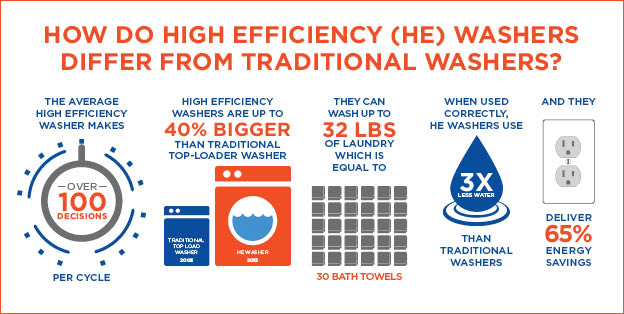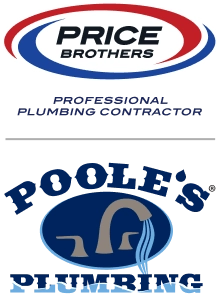Clogged Sewer Drains and How Tree Roots End Up in a Sewer Pipe
As we move on from our "clogged sink drain" series, we will continue to discuss "clogs" but n a more severe level. There may be no bigger of a plumbing issue than when a problem arises with clogged sewer drains. In this the first post focusing on Clogged Sewer Drains, we will look at one of the main causes of this.
What is a Major Cause of Clogged Sewer Drains
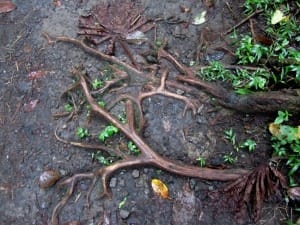
Surface roots (shown) are not the tree roots you need to worry about clogging your drain.
The major cause of Clogged Sewer Drains that we will discuss in this post is one of the biggest sources of this problem. main reasons for a sewer backup is when they become clogged by tree roots. While this may seem like an unavoidable occurrence and even unexplainable, the most trusted name in Raleigh plumbers, has several helpful tips that can expand your knowledge on not only How tree roots end up in your sewer pipe, but also the causes of the problem and some pointers on what your responsibilities are and how to deal and maintain your pipes to avoid severe damage.
How tree roots end up in your sewer pipe
Tree roots in your pipes can cause sewer backups and damage, causing many to ask, “How do they even end up there?” One of the ways the roots end up there, is obviously through either a cracked or loose joint in the sewer line. In many municipalities, roughly 50 percent of tree roots citywide enter through defective lateral sewer pipes. This is the underground piping that runs from your residence or place of business to the city’s sewer main. Maintenance of your own lateral sewer pipe and keeping it in good condition is usually your responsibility up to the point where it ties into the main, which at that point it is the cities. To reduce overflows and guard against damage, inspecting the lateral pipe and if there is an issue repairing or replacing in a timely manner can help to avoid major damage.
What actually causes the roots to grow in pipes?
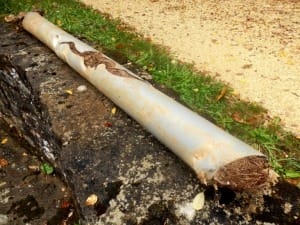
The tree roots can penetrate the sewer pipe, in an attempt to feed off the water that lays with in.
This is certainly a question that most would ask, and the simplest answer is that the water vapor, which escapes through either a loose joint or a crack in a pipe attracts the roots. Due to this, tree roots inch towards and eventually will penetrate through any possible opening in a sewer pipe and actually feed off the water once inside, helping them to grow. This can even happen during the cold winter months when you may think a tree simply lies dormant, but regardless of the time of year, once inside the pipe, the root will continue to grow until it fills the pipe, leading to backups created by a mass formed from different materials unable to pass through such as, paper, grease, and other solid matter.
In the case of a very large root, combining with the mass, this is what leads to a clogged sewer. If the issue does get to the point where your sewer is clogged, you will need to call an expert like the Raleigh NC plumbers at Poole’s Plumbing to rectify the problem and make sure that the roots are removed as well as checking for structural damage in your sewer pipes.
Signs that Clogged Sewer Drains may be blocked due to roots that you can look for
Regardless of How tree roots end up your sewer, if you suspect there is some type of blockage, you should address the problem immediately and call the Raleigh NC plumbers at Poole’s, as once a root has entered the pipe and begins growing, it is just a matter of time before there is complete blockage and eventually a rupture in the pipe. Signs that a sewer may be experiencing a blockage by tree roots are:
- Slow flowing drains
- Gurgling sounds from your toilet bowl
- Wet areas around floor drains and washing machine
Blockages in your sewer drain due to roots can lead to major plumbing issues. Knowing why tree roots end up in your sewer is the first step to avoiding a major plumbing disaster. For more information and instruction on this issue, check back for our second part in this series. That upcoming article will explain how to identify and what to do in the case of sewer blockage due to tree roots at the “plumbing blog” at poolesplumbing.com.

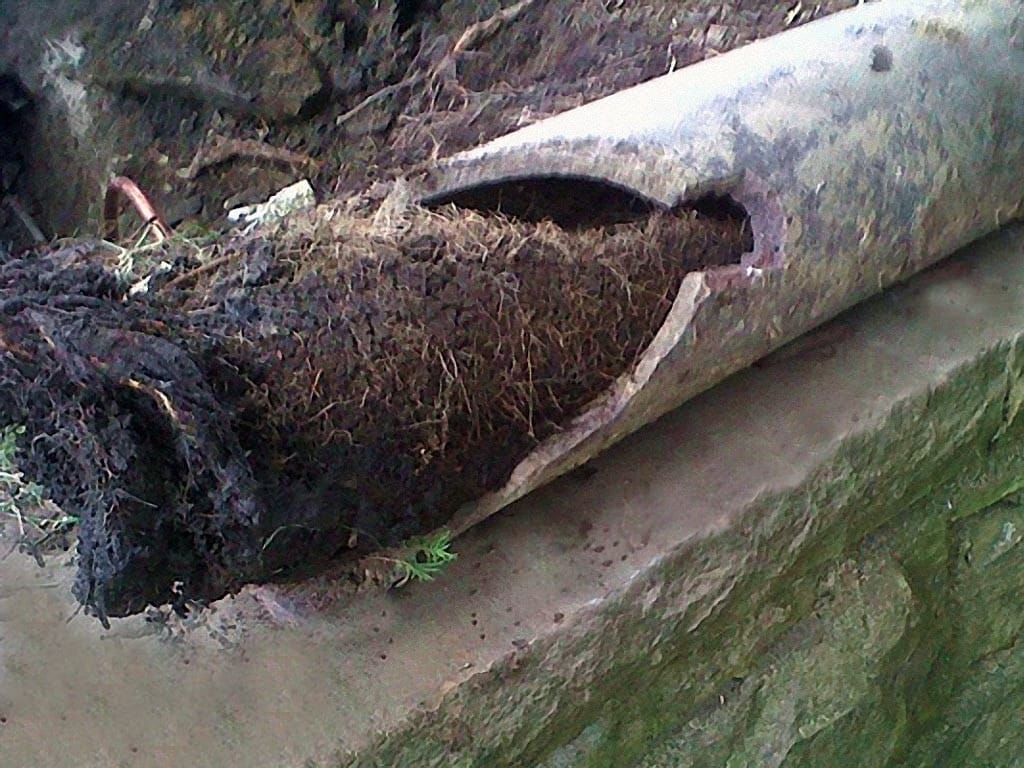
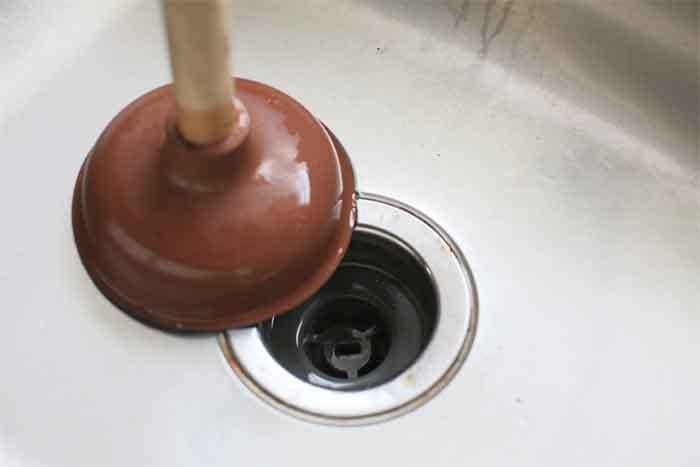
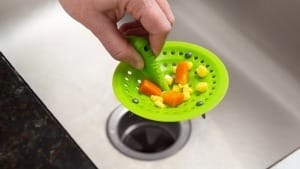
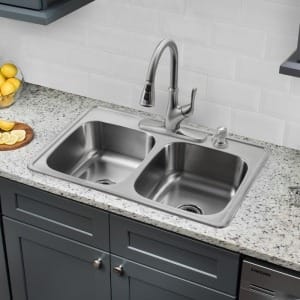
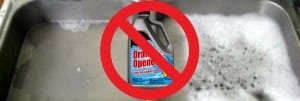
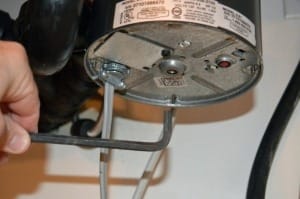
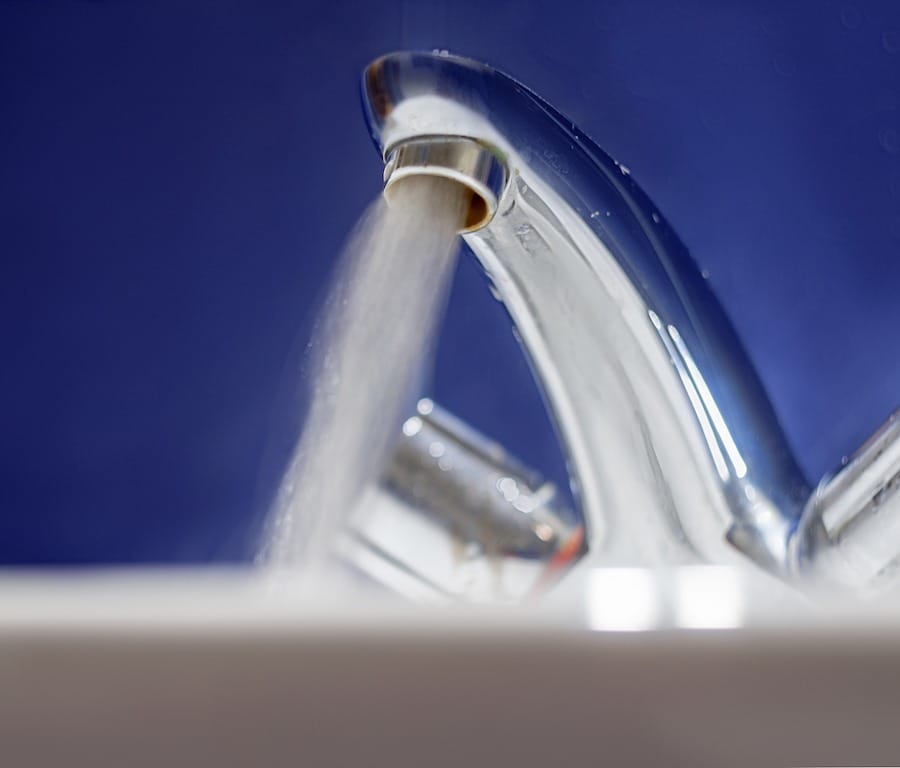

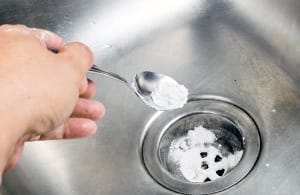
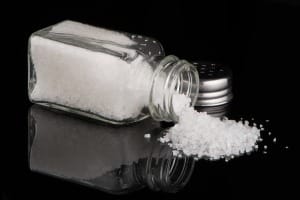
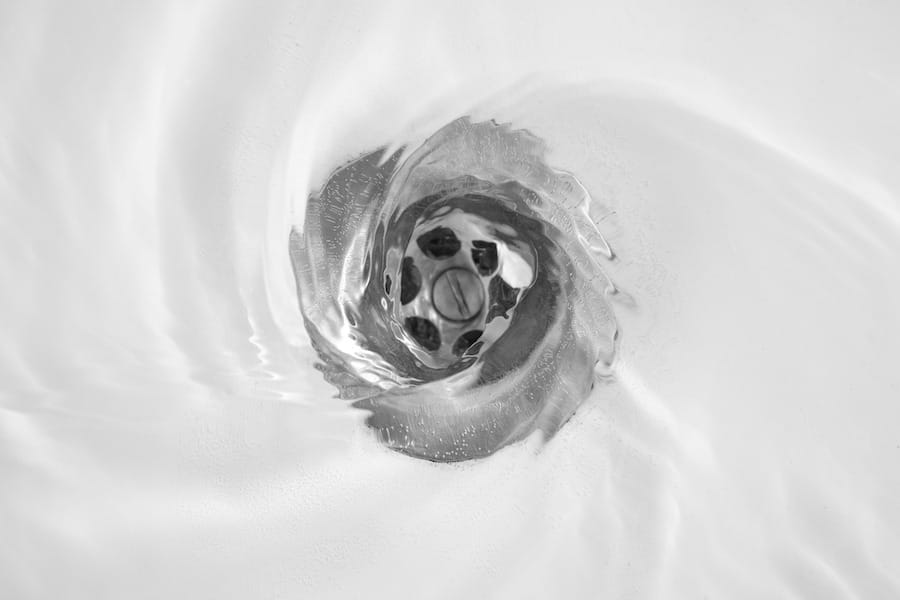
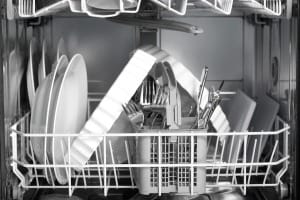
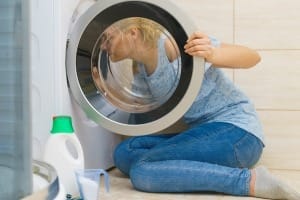
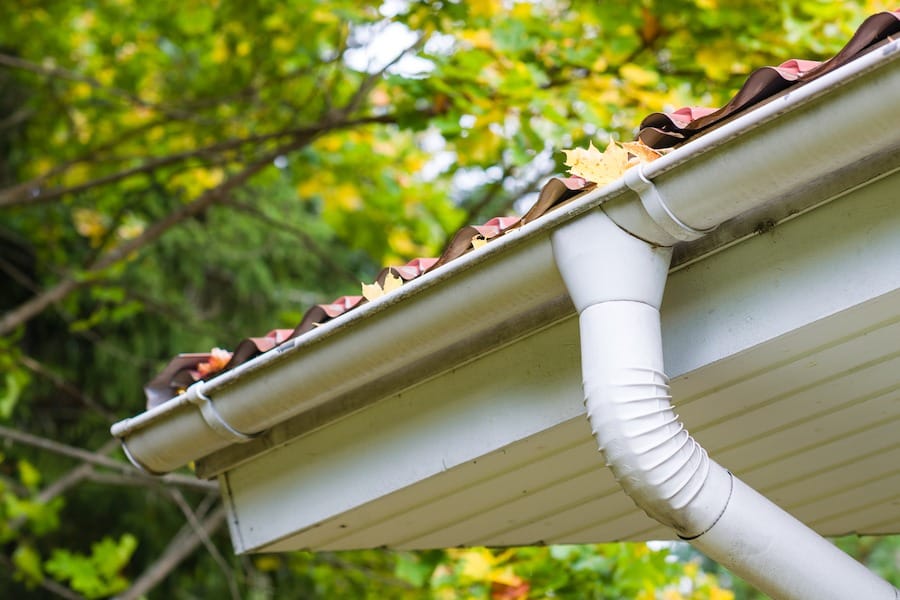
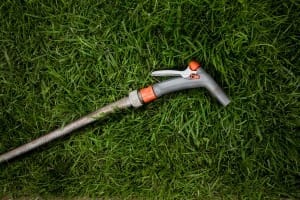
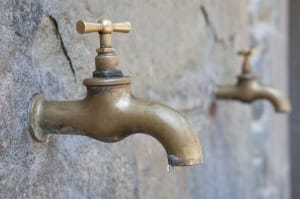
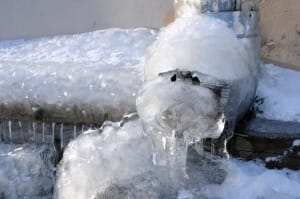
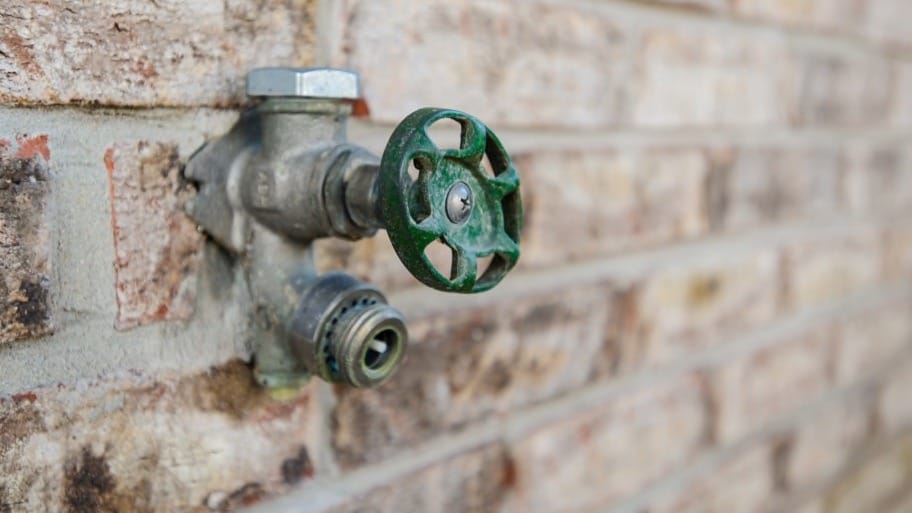
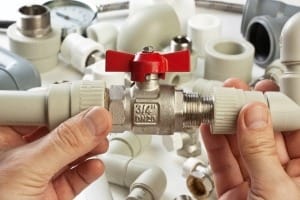
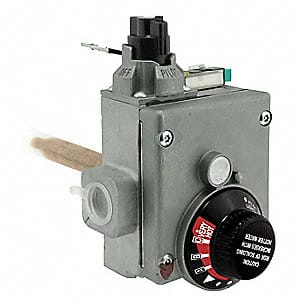
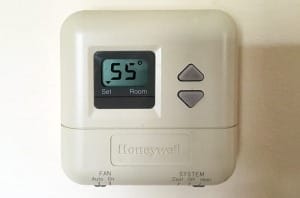
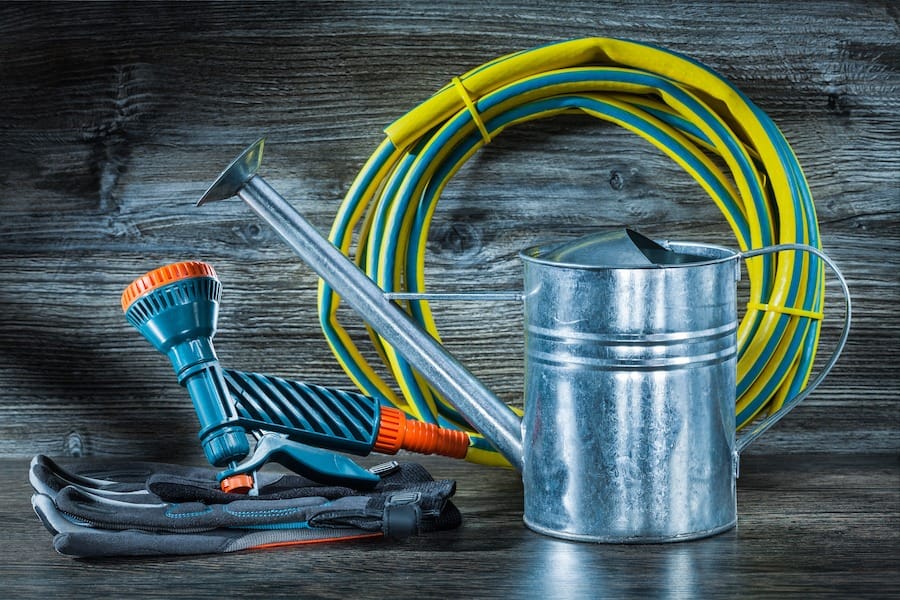
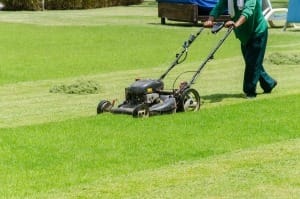
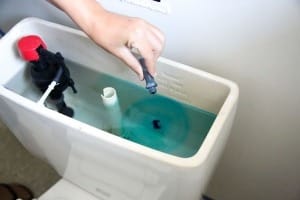
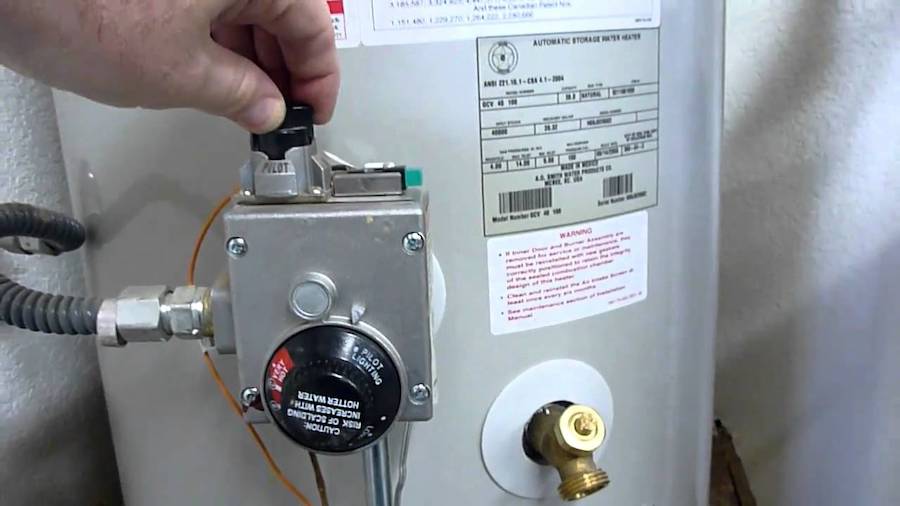
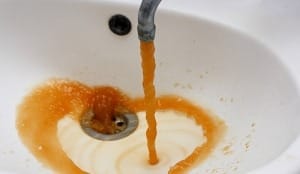
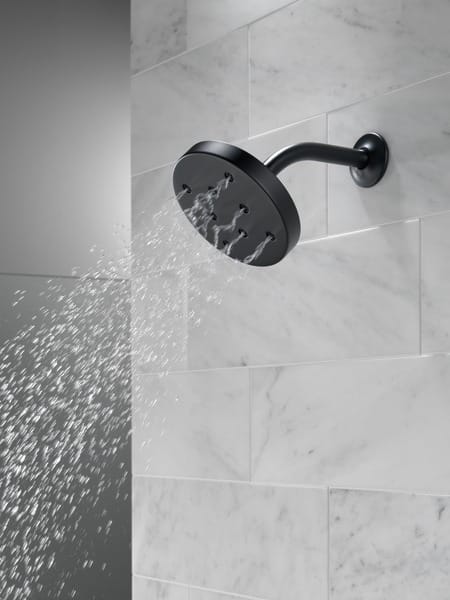
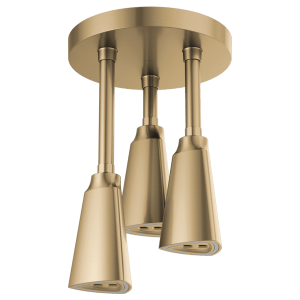
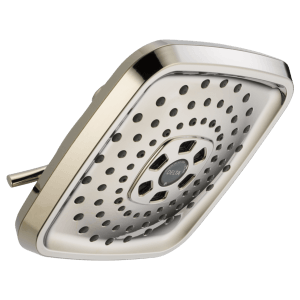
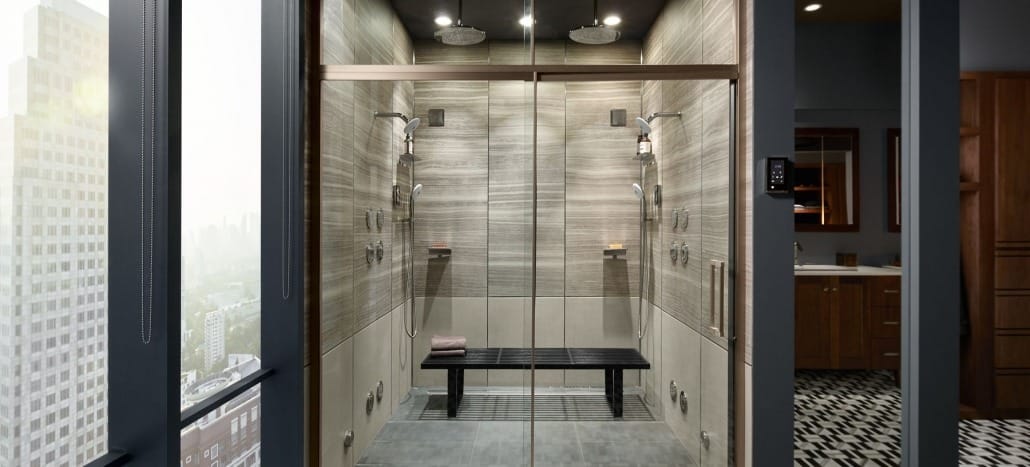
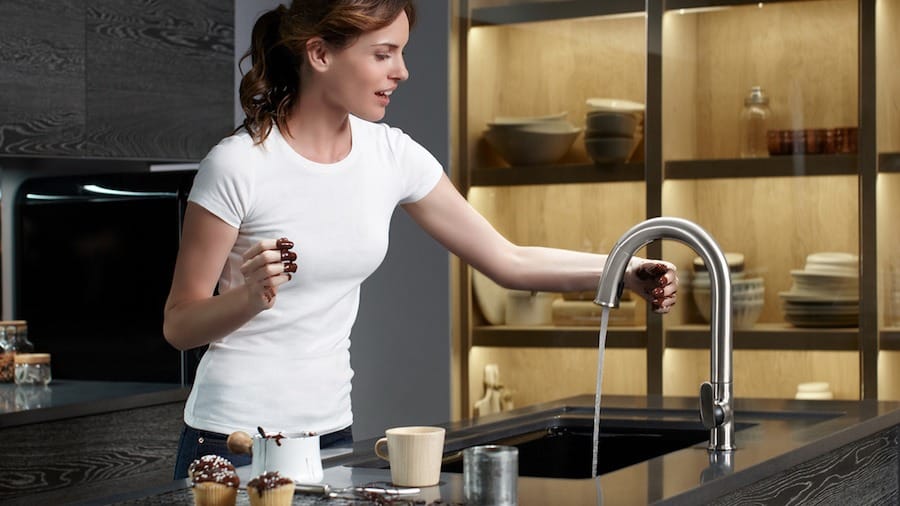

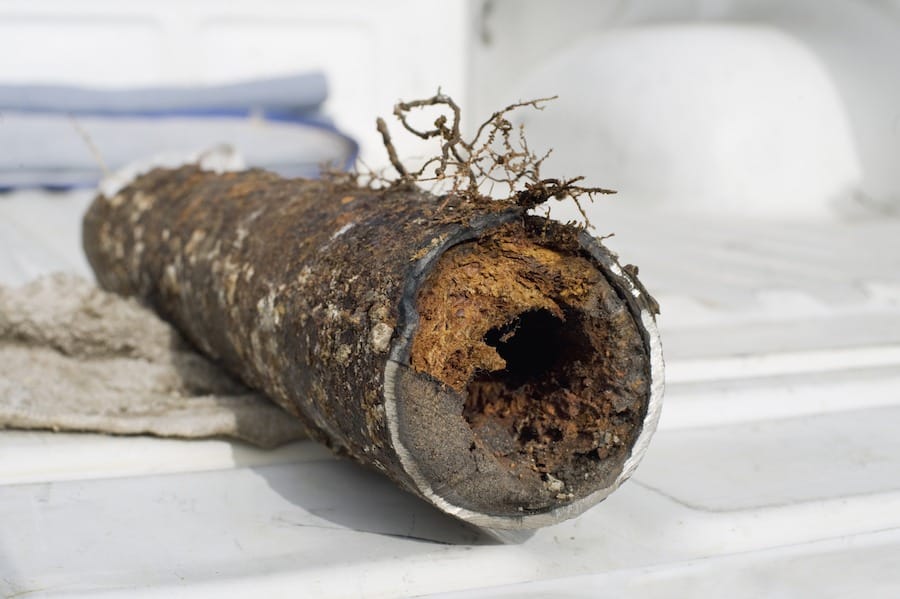
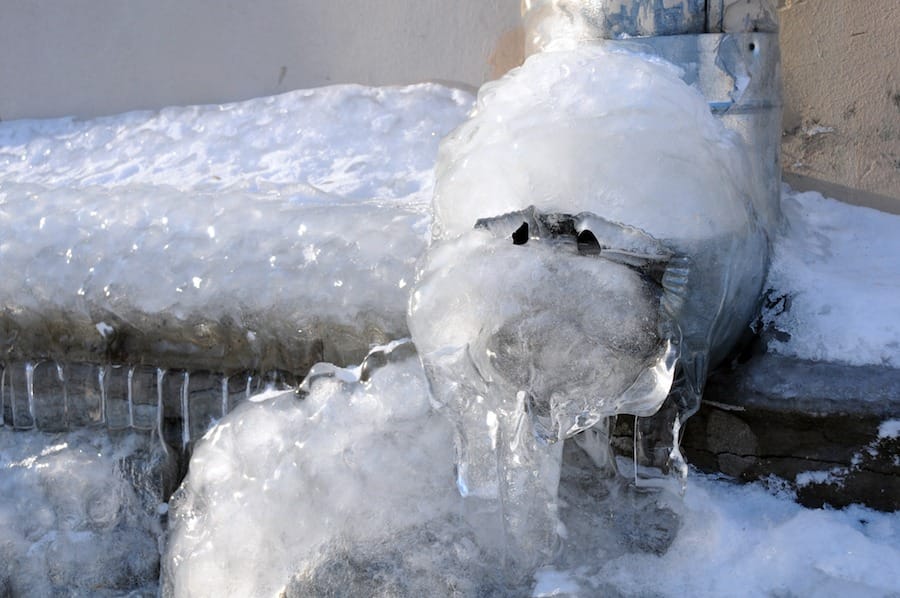
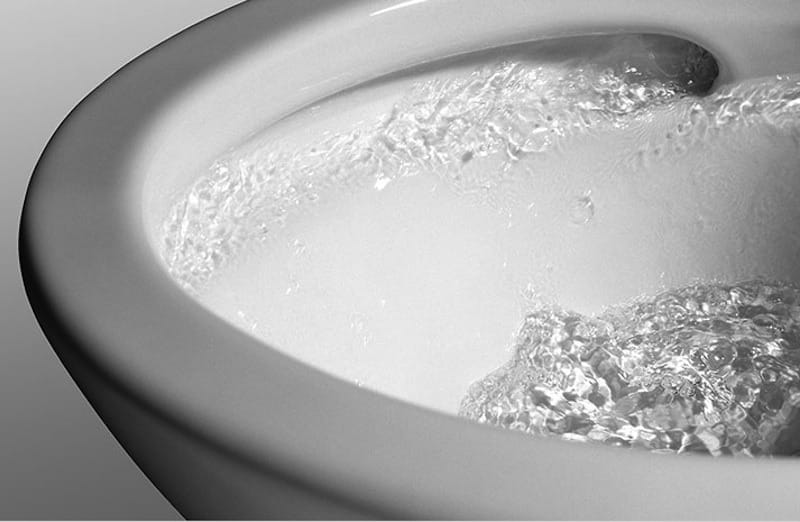
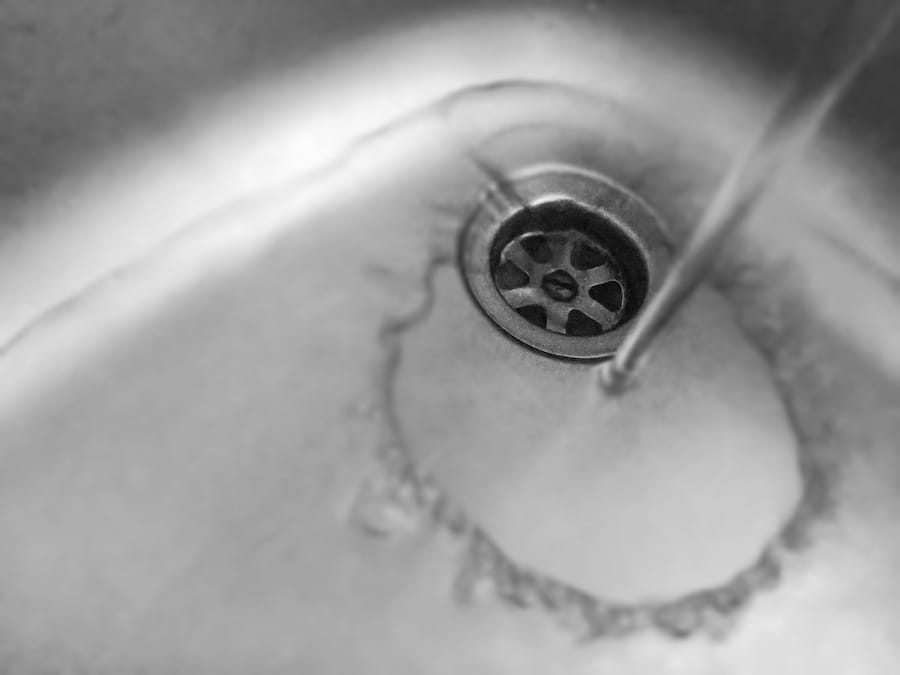
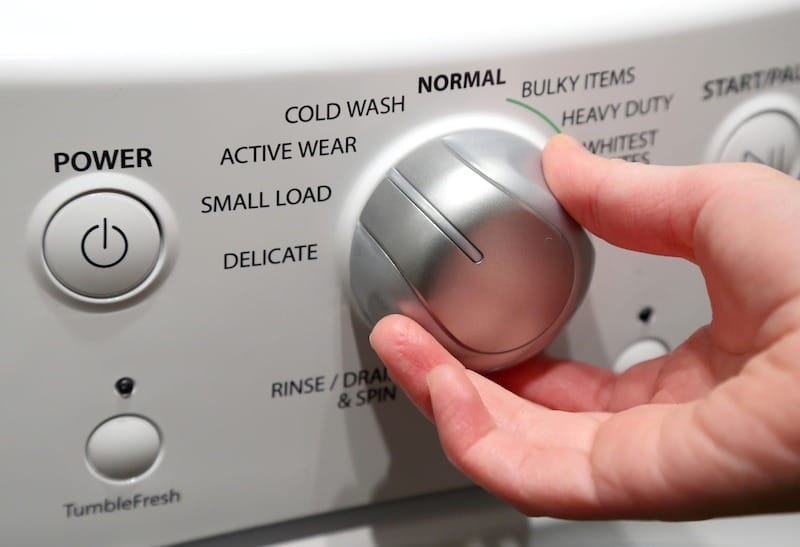
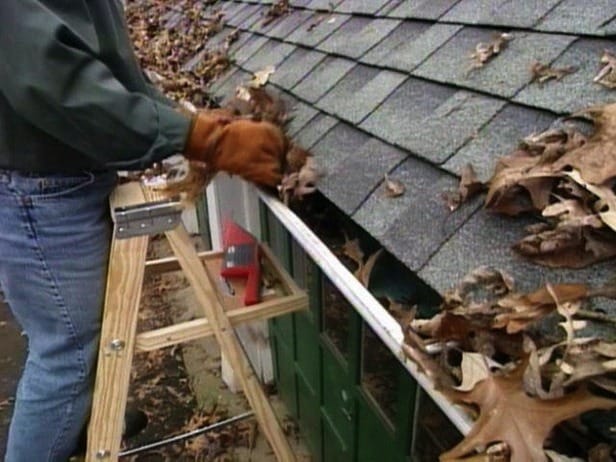
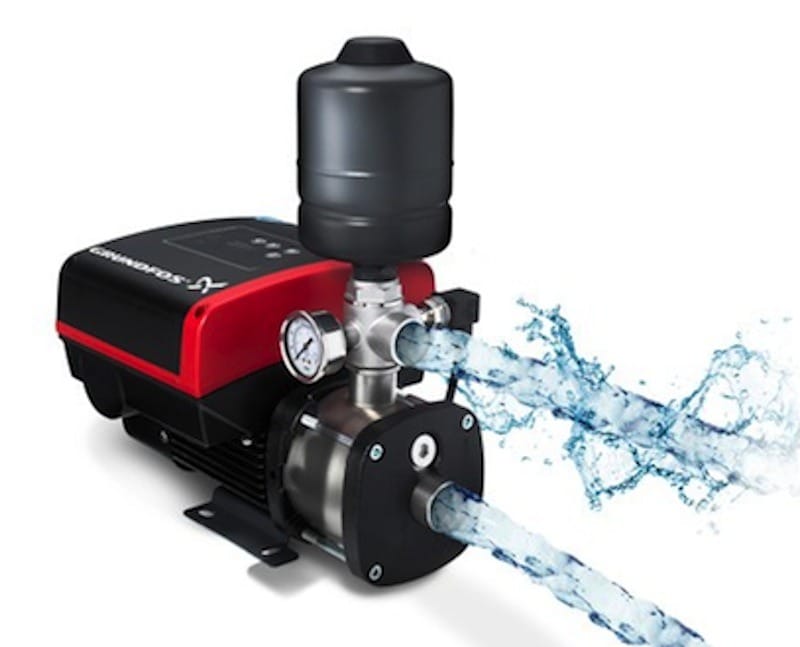 In Selecting a Well Pump, it is essential to know which model best suits you and your needs as to not waste your money on a pump that may give you either too much or too little. The Constant Pressure Pump operates using a variable speed motor that is built in to the unit that allows the pump to speed up or slow down depending on your level of water usage. Thus, when you need more water, the Constant Pressure Pump runs faster, and when less water is used, it runs at a slower pace. Benefits of this type model include:
In Selecting a Well Pump, it is essential to know which model best suits you and your needs as to not waste your money on a pump that may give you either too much or too little. The Constant Pressure Pump operates using a variable speed motor that is built in to the unit that allows the pump to speed up or slow down depending on your level of water usage. Thus, when you need more water, the Constant Pressure Pump runs faster, and when less water is used, it runs at a slower pace. Benefits of this type model include: